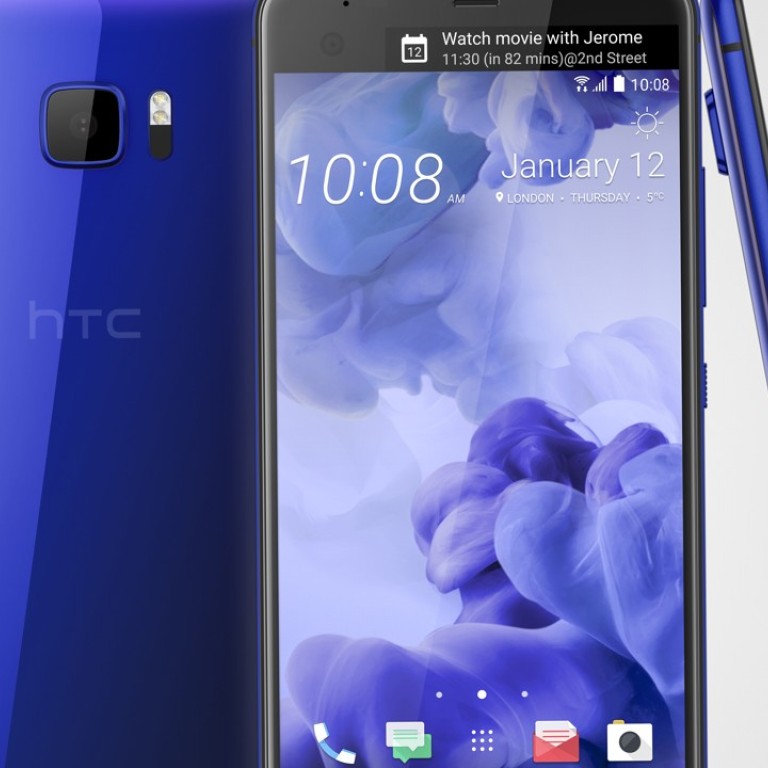
The five best smartphones under US$500 you can buy
Xiaomi, Oppo, HTC, Huawei and LG devices give you plenty of bang for your buck and a host of options and features if you want a new smartphone but can’t afford the big two
Buying a new smartphone is practically an annual decision for many of us today, and it can be challenging financially to keep up with the best and latest on the market. Aside from flagships from market leaders Samsung and Apple, there are other options that are just as decent, but come with a less hefty price tag.
Click on the titles to see our reviews.
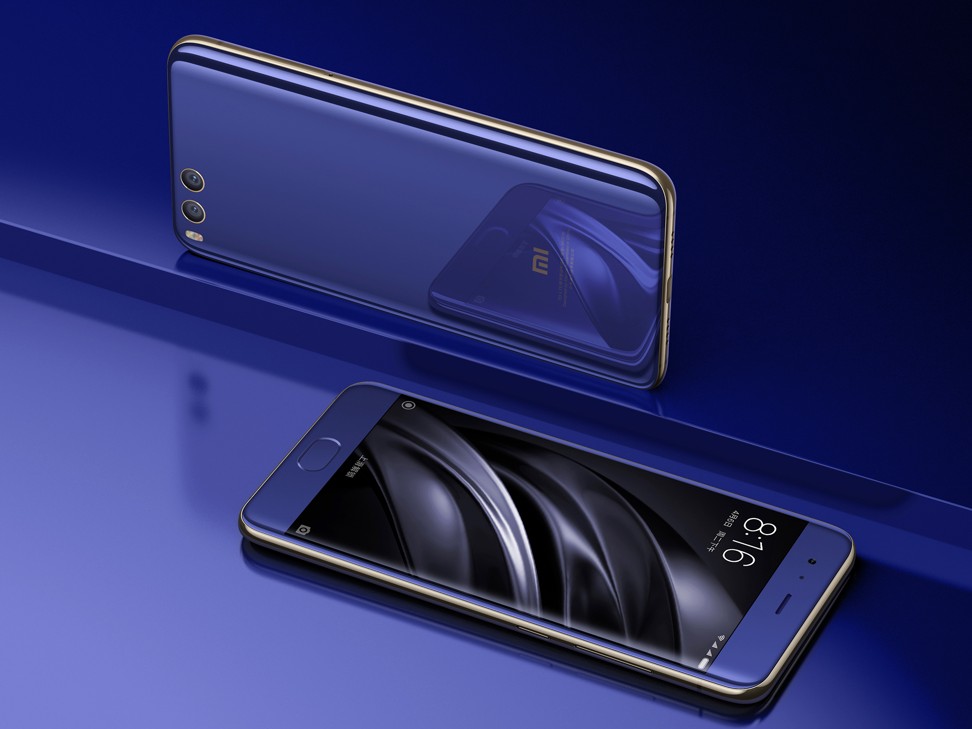
Xiaomi’s latest flagship smartphone, the 5.15in Mi 6 hits all the right notes for specifications and build quality, yet retains the brand’s trademark price competitiveness.
The compact phone fits nicely in your hand, with an attractive curved design and a haptic engine in place of a clickable home button. The back and recent buttons are illuminated with a dot and can be swapped in software, with tactile feedback delivered using the same haptic engine.
The Mi 6 is powered by a Snapdragon 835 processor for top-end performance, which is backed by a beefy 6GB of RAM that can run all the apps you need. MU-MIMO Wi-fi delivers improved wireless connectivity for users with newer 802.11ac Wi-fi routers being sold these days. A beefy 3,350 mAh battery and aggressive battery management delivers 24 hours of use, while support for Quick Charge 3.0 charging through its USB Type-C port is a welcome relief over brand-specific quick charging technology.
The Mi 6 is a dual-SIM device, although it doesn’t have a micro-SD card slot. The dual camera works in tandem to deliver 2x optical zoom without loss of quality. Photos taken in daylight look great, but the camera struggles a little under low light conditions.
Price: HK$3,499

If you’re looking for a highly dependable smartphone that can take great photos right out of the box, the Oppo R11 could be ideal. The latest flagship device from Oppo delivers a price-competitive device full of tried-and-tested features.
The R11 is powered by a Snapdragon 660 processor, that is a little slower than the latest Snapdragon 835-powered smartphones, but gives a good performance nonetheless. A gorgeous 5.5in AMOLED screen delivers vivid hues and deep blacks, while the option for a microSD storage card in place of a second SIM card gives films buffs or aspiring photographers the option of adding another 256GB of storage.
The R11 runs Oppo’s ColorOS, which is well known for its heavy power optimisation. While this allows the smartphone to run up to two full days with light use, you may need to tweak the default power management settings so that productivity apps such as BlackBerry Hub and other apps that run in the background function correctly. One other minor grouse: The R11 uses a micro-USB port for charging, not the newer Type-C USB port, and has no NFC (wireless data transfer) capabilities.
Price: 2,999 yuan (HK$3,470)
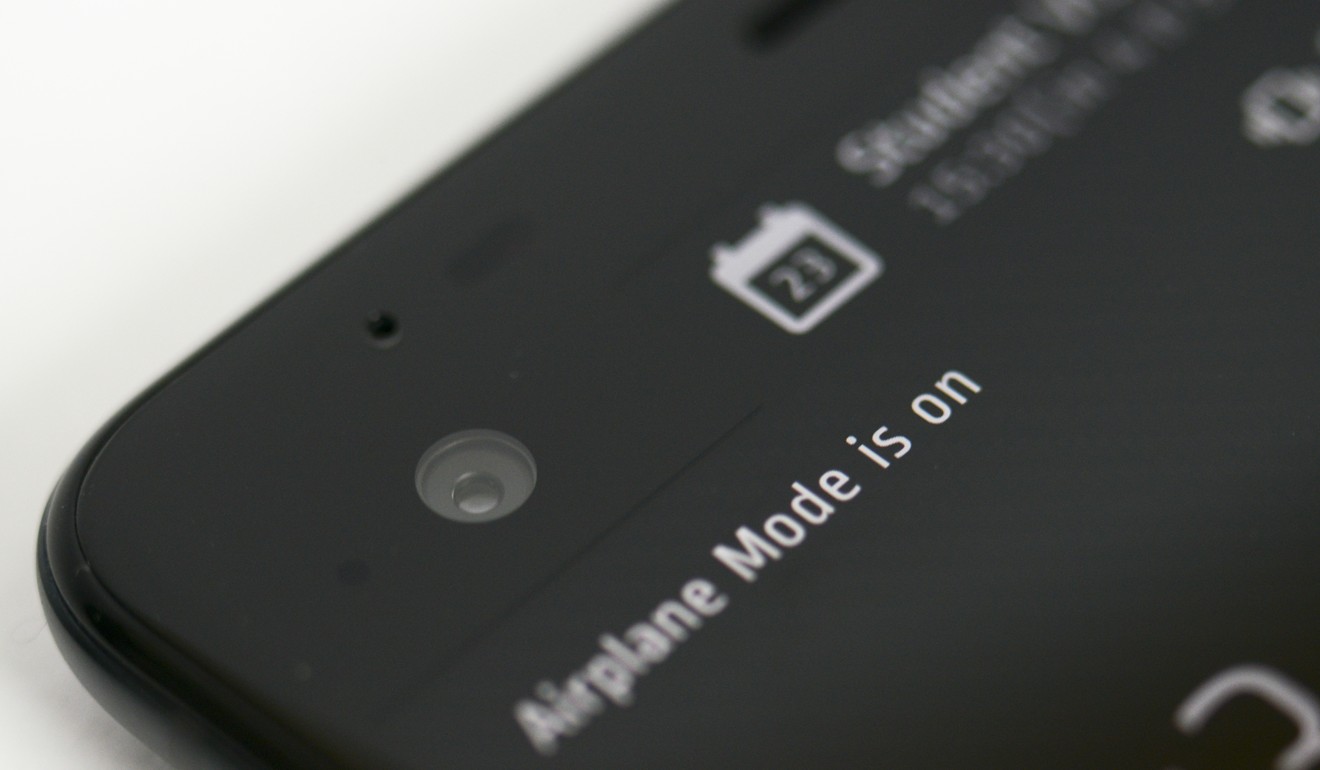
The HTC U Ultra with its independently controlled two inch “Dual Display” screen can help you launch apps or access information more quickly.
Right below this screen is the main 5.7in curved Gorilla Glass 5 display with an above-average resolution of 2,560 x 1,440 pixels, that is paired with a distinctive curved liquid surface glass back.
Likely due to the fact that the Snapdragon 821 used by the U Ultra is no longer the fastest around, you can get the U Ultra at a significant discount from its launch price of HK$5,698 just six months ago.
Processor aside, its specifications are still reasonable: 4GB RAM, Bluetooth 4, NFC, USB 3.1 Type-C port with support for Quick Charge 3.0. In addition, the second SIM slot can accommodate a micro-SD card to increase storage.
The U Ultra uses a single 12-megapixel camera with built-in phase detection autofocus and laser focus and the ability to capture images in RAW. The HTC U Ultra doesn’t have a stereo jack, but comes bundled with a pair of hi-tech USB-C earbuds that HTC says can create a customised profile based on an individual’s ears for optimal music playback.
Price: HK$3,698
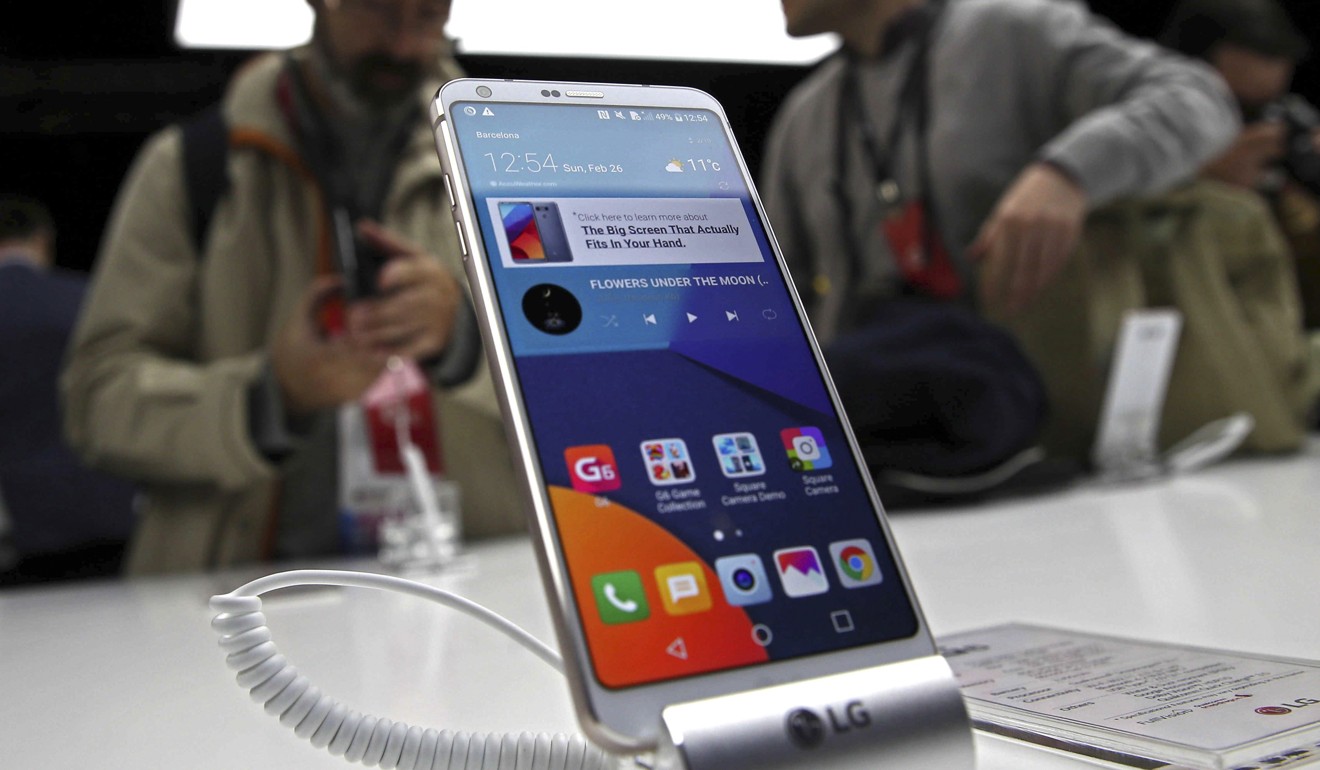
Unlike the gimmicky G5 that offered plug-in accessories of dubious use, LG’s latest G6 is all about incorporating features that matters to users. The G6 is one of the first smartphones to implement a bezel-less design that gives it a screen-to-body ratio of almost 90 per cent. It makes most of its competitors look downright clunky in comparison.
The design does necessitate a trade-off with the 5.7in display, which sports an unusual aspect ratio of 18:9 and is slightly rounded at the corners. The aspect ratio means not all apps may work, though the phone comes with an “App scaling” configurator to customise the screen setting for individual apps. Elsewhere, the smartphone’s dual-camera set-up has a wide-angle lens with a 125-degree field of view, with IP68 water- and dust resistance.
It is worth noting that the power button on the G6 is integrated with the fingerprint sensor at the back. This works well in general, though it can be a hassle when the phone is sitting on a desk. Finally, the back of the LG G6 is glossy and a fingerprint magnet. A case will help, though the package doesn’t include one by default.
Price: HK$3,599
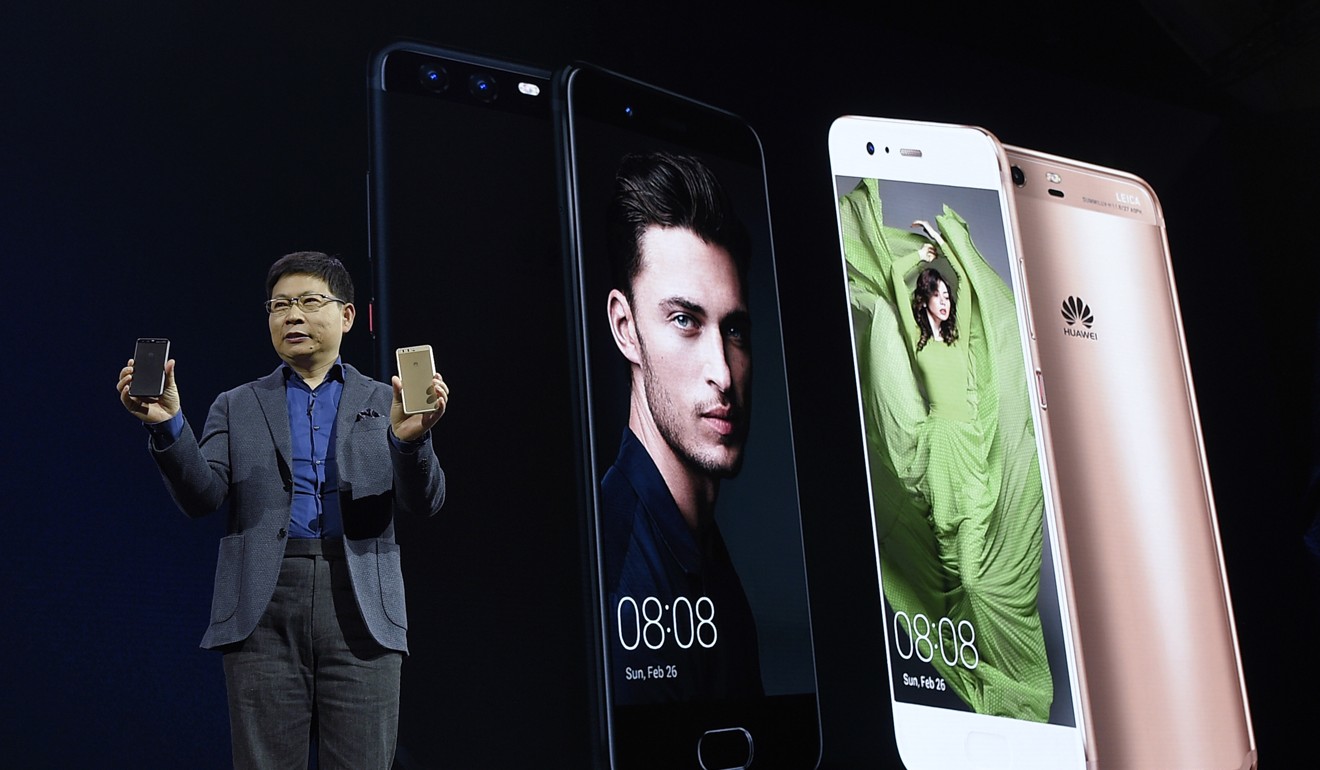
The Huawei P10 is another device that fits the bill for those looking for a fast smartphone with excellent camera. The Kirin 960 processor that powers the P10 is the same circuitry found in Huawei’s blisteringly fast Mate 9 last year, and comes with the dual Leica camera set-up introduced with the P9.
Thanks to its smaller 5.1in display, the P10 has a thickness of just 7mm and a weight of 142grams – a powerful package within a compact chassis.
The Leica camera is a reasonably good shooter, and can capture photos in low-light conditions that some older smartphones struggle with, courtesy of the second black and white sensor that can capture more light.
The fingerprint sensor for the P10 retains the company’s trademark lightning-fast unlocking, but in a departure from the Mate 9 and P9, has been moved to the front of the phone.
One feature that Huawei added to take advantage of this is the ability to switch off the virtual navigation bar for a larger display area. When switched off, a combination of swiping to the right or tapping on the touch-sensitive fingerprint sensor can be used to bring up the list of recent apps or go back one step respectively.
Price: HK$3,899

